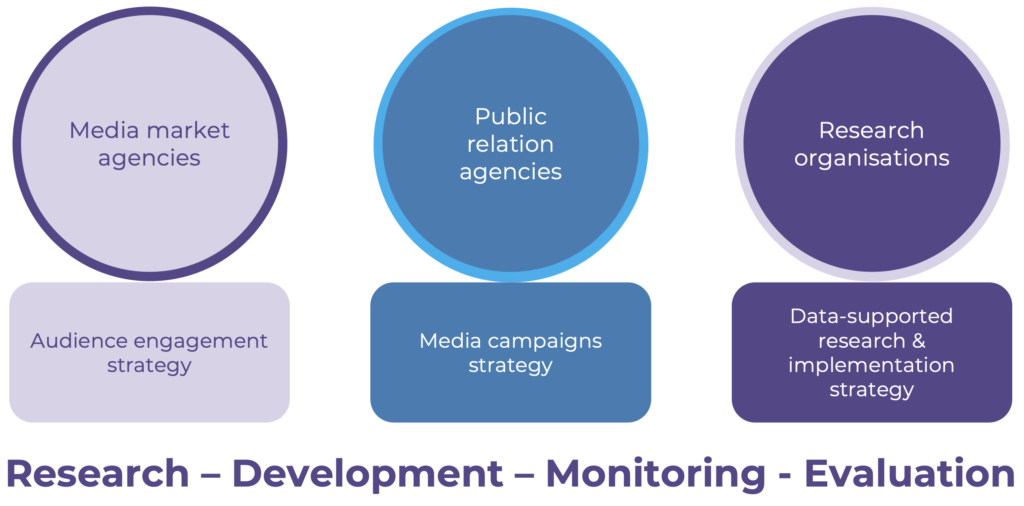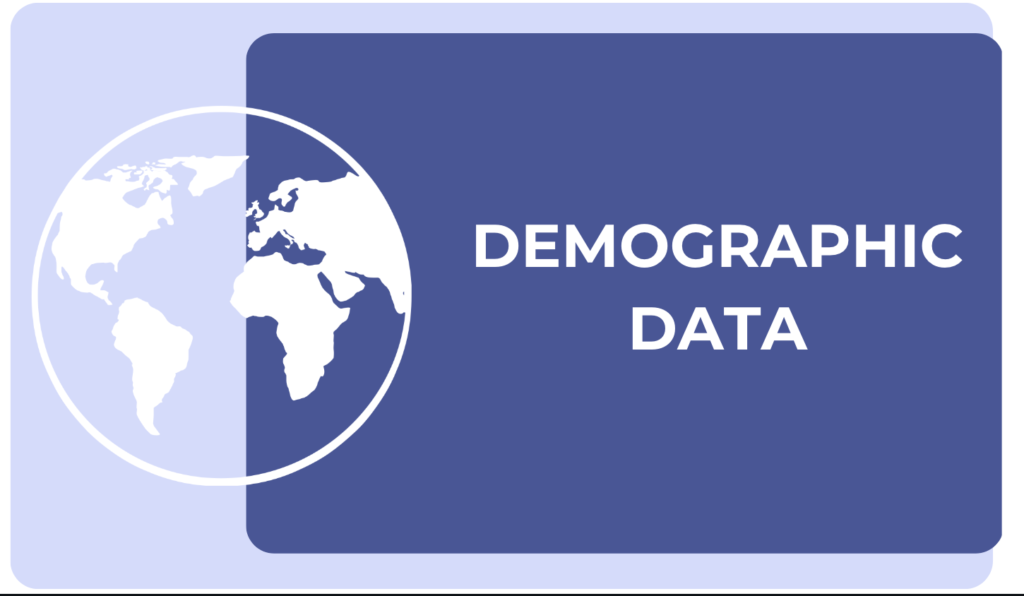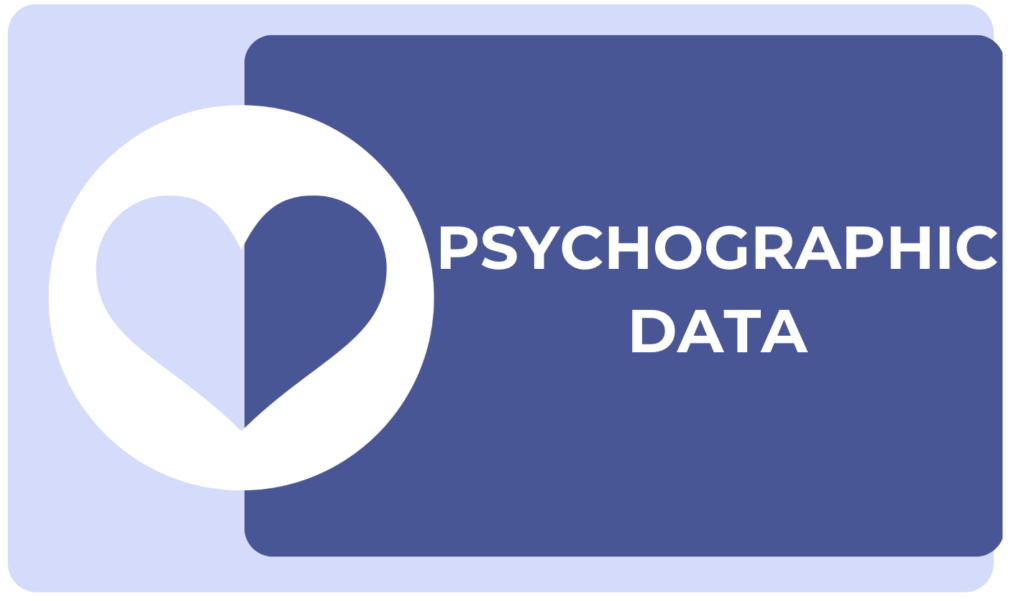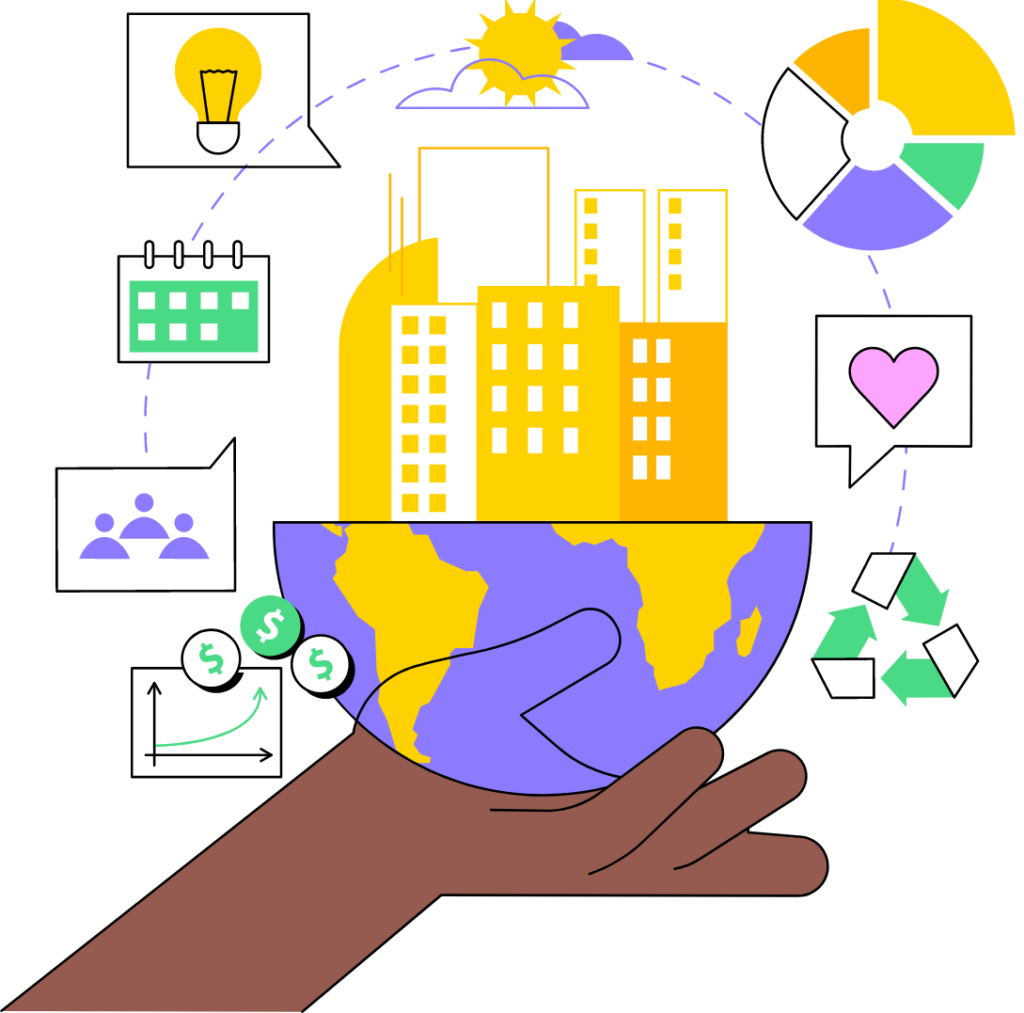Media supporting institutions: research, development, monitoring, and evaluation Copy Copy

Media supporting institutions
Media-supporting institutions can be any organization dedicated to analysing and researching how information is being consumed. Normally it includes news agencies, PR agencies, audience measurement agencies, media market research agencies, and production agencies. Those institutions provide different types of services to media actors. It is important to consider what are the different institutions that support the media and its development.
For example, PR agencies, audience measurement agencies, media market research agencies and production agencies. Those institutions provide different types of services to media actors. These organizations might be useful for setting a SMART collaboration plan with a media organization; data on audiences might come in handy when trying to design an audience engagement strategy, or production agencies might be great collaborators for designing more complex media for a campaign. In general, understanding the resources at hand will give you an advantage when coming up with a proposal to a media organization, you can already come up with a strategy that facilitates the work you will all do together
Data Science
What is data?
Data is any information that can be collected: numbers, statistics, or measurements. It can be words, observations, or other inputs. The goal of your data strategy and plan should be to find a pragmatic way to leverage data for more predictable outcomes. Begin your big data strategy by embarking on a discovery process.
- What data do you already have?
- Where it is?
- Who owns and controls it?
- How is it currently used?
Even when you might not perform the data analytics in-house, it is important to understand what data science is and how it can be used for your Media Engagement Strategy. Normally it is possible to outsource this analysis of data to other organizations like research agencies or in collaborations with universities, but it is imperative to understand what, why, and how we are looking to implement data into our strategies. The usage is data is directly linked to the Key Performance Indicators they selected based on the Media Engagement Goal.

Extra resources:
- https://sproutsocial.com/insights/social-media-competitive-analysis/
- https://data.org/news/why-how-and-what-of-data-science-for-social-impact/
Understanding media consumption
This topic is intended to provide some insight into data for audience engagement. We will look at the types of data we can collect to better strategize for audience engagement. Media consumption is also a necessary step in that we analyse the media actors from their audience’s perspective.
- Who is their audience?
- What does their audience persona look like?
- What are their feelings, behaviours, and habits when they consume the information produced by those media actors?
- What influences do those media actors have on their audiences? And to what extent does their audience trust the info they consume?
It is possible to analyse the audiences of media actors from three general perspectives:

General data on content reaches such as audience statistics, number of views and engagement of digital platforms, and the segregated data by time, location, gender, age, race and ethnicity, marital status, socioeconomic or other aspects of the population. This includes general data on content reaches such as audience statistics, number of views and engagement of digital platforms, and the segregated data by time, location, gender, age, race and ethnicity, marital status, socioeconomic or other aspects of the population.

Data on the interests, preferences, values, opinions, attitudes, beliefs, and behaviours of the audience, such as the most popular genres, formats, and topics of media actors. This includes the data on the interests, preferences, values, opinions, attitudes, beliefs, and behaviours of the audience.

Data on the context, motivation (voluntary audience and captive audience), attention competing factors, occasion, and physical setting etc. This includes data on the context, motivation (voluntary audience and captive audience), attention competing factors, occasion, and physical setting etc.
Media consumption data is not always available or easy to get. Most media do have their measurement matrix, but sometimes they refuse to expose them entirely to the public or their competitors. Keep your eyes on the ‘about us’ or ‘latest news page of their websites, sometimes they do publish the data periodically. Some national statics bureaus, media research institutions or media audience measurement organizations or other types of industry organizations also have data on audience analysis, such as the well-known Nielsen Media Research (NMR) in the US. In conclusion, analysing media consumption from an audience perspective is not easy, but it can help you to better understand the influence of media actors and how you can work with them to produce the right information to serve the audience for the biggest impact.
While it is important to understand the Target Audience of the different media organizations you want to reach to amplify your goals, it might be useful for you to also have in mind a target audience when creating/proposing content. So keep this data in mind!
Social Media Analytics
Social media analytics is the collection and analysis of performance data that helps you measure the success of your social media strategy. It includes tracking metrics like engagement, reach, likes, and many more across all your social channels. Some of this information is available through digital tools that you can access. Some of them are free others are paid, here is a list of some of the most commonly used by media organisations:
10 social media analytic tools
Source:
Extra references:
- https://sproutsocial.com/insights/social-media-competitive-analysis/
- https://blog.hootsuite.com/social-media-analytics/
Data Ethics
“Data ethics is a new branch of ethics that studies and evaluates moral problems related to data (including generation, recording, curation, processing, dissemination, sharing and use), algorithms (including artificial intelligence, artificial agents, machine learning and robots) and corresponding practices (including responsible innovation, programming, hacking and professional codes), to formulate and support morally good solutions (e.g. right conducts or right values).”
– Luciano Floridi & Mariarosaria Taddeo

When dealing with data for your analysis it is important to consider the ethics behind the recollection and use of the data provided. In this sense, we have compiled a checklist that can help you keep track of this aspect.
Data ethics checklist
- Have we listed how this technology can be attacked or abused? [SECURITY]
- Have we tested our training data to ensure it is fair and representative? [FAIRNESS]
- Have we studied and understood possible sources of bias in our data? [FAIRNESS]
- Does our team reflect a diversity of opinions, backgrounds, and kinds of thought? [FAIRNESS]
- What kind of user consent do we need to collect to use the data? [PRIVACY/TRANSPARENCY]
- Do we have a mechanism for gathering consent from users? [TRANSPARENCY]
- Have we explained clearly what users are consenting to? [TRANSPARENCY]
- Do we have a mechanism for redress if people are harmed by the results? [TRANSPARENCY]
- Have we tested for fairness concerning different user groups? [FAIRNESS]
- Have we tested for disparate error rates among different user groups? [FAIRNESS]
- Do we have the plan to protect and secure user data? [SECURITY]
CASE STUDY –The Digital Matatus Project- Digital Matatus shows how to leverage the ubiquitous nature of cell phone technology in developing countries to collect data for essential infrastructure, give it out freely and in the process spur innovation and improved services for citizens. Conceived out of the collaboration between Kenyan and American universities and the technology sector in Nairobi, this project captured transit data for Nairobi, developed mobile routing applications and designed a new transit map for the city. The data, maps and apps are free and available to the public, transforming the way people navigate and think about their transportation system.
Extra resources:
- Feminist Data Set – Tool Kit
- Caroline Sinders – Feminist Data
- Abdo Hassan – Decolonial data practices
- DATAKIND: https://drive.google.com/file/d/1BX42mwqiQ17kHXb4Oa4DrLsMWx1OMDaj/view – scoping a data-scienceable problem
- Ethics of data science
- Algorithmic Inequality
Sources:
- Medium – Beginner’s guide to data ethics
